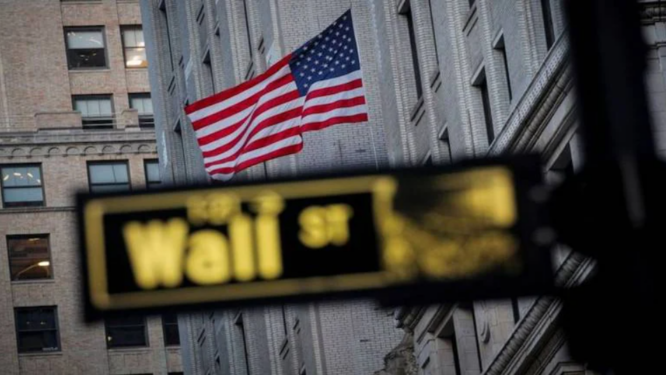
After a labor market data showed sluggish wage growth in May, the Federal Reserve may miss a rate rise in two weeks, and investors cheered a Washington compromise that avoided a catastrophic debt default, U.S. markets finished higher on Friday.
The tech-heavy Nasdaq index (.IXIC) reached a 13-month intraday high and notched its sixth-straight week of advances, its best streak since January 2020.
The Labor Department said that U.S. job growth increased in May, but the unemployment rate rose to a seven-month high of 3.7% as more individuals sought work.
A reduction in household employment and a growth in the workforce caused the unemployment rate to climb from a 53-year low of 3.4% in April. A larger labor pool reduces wage pressure and inflation.
“While it appears to be a hot number on the actual number of people employed, the wage rate is not increasing as fast,” said Pittsburgh-based Bokeh Capital Partners chief investment officer Kim Forrest. Is this the legendary soft landing? “Like that.”

The statistics reassured investors who anticipate the Fed to suspend rate hikes at its June 13-14 policy meeting. It would be the first stop since the Fed began its dramatic anti-inflation policy tightening over a year ago.
The hotter-than-expected jobs data signaled the Fed had not yet managed inflation.
“Our view is and has been that the market is completely wrong on assessing what the Federal Reserve is doing,” said Phil Orlando, chief equities strategist at Federated Hermes in New York.
The market believed the economy would cool, inflation would fall, and the Fed would decrease interest rates. It’s incorrect.”
CME Group’s FedWatch Tool showed a 71.3% likelihood that the Fed will maintain rates in two weeks, down from 79.6% on Thursday.
Markets expect significant consumer pricing data a day before the Fed’s rate decision in two weeks.
The Senate’s late Thursday vote to raise the $31.4 trillion debt ceiling prevented a historic disaster.
The CBOE volatility index (.VIX) dropped 1.1 points to 14.6 points after the vote, easing market fears.
The Dow Jones Industrial Average (.DJI) increased 701.19 points, or 2.12%, to 33,762.76, the S&P 500 (.SPX) gained 61.35 points, or 1.45%, to 4,282.37, and the Nasdaq Composite (.IXIC) gained 139.78 points, or 1.07%, to 13,240.77.
S&P 500, Dow, and Nasdaq advanced 1.82%, 2.02%, and 2.04%, respectively, for the week.
U.S. exchanges traded 11.05 billion shares, compared to 10.58 billion on average during the prior 20 trading days.

After a report indicated Amazon.com Inc (AMZN.O) was in discussions with U.S. carriers to provide low-cost wireless services to Prime members, Verizon Communications Inc (VZ.N), AT&T Inc (T.N), and T-Mobile US Inc (TMUS.O) fell.
Verizon fell 3.2%, AT&T 3.8%, T-Mobile 5.6%, and Amazon 1.2%.
All 11 S&P 500 sectors rose, led by the materials index (.SPLRCM) at 3.4% and the consumer discretionary sector (.SPLRCD), which includes Amazon, at 2.2%.
Nvidia Corp (NVDA.O) fell 1.1% for a second day after briefly joining the rare club of megacap companies valued at $1 trillion or more on Wednesday on hopes of big gains from artificial intelligence.
Nvidia’s roughly 170% year-to-date increase shows investors a market dominated by megacaps while most other businesses tread water.
“Nobody’s really explained to me how they’re going to make any money from it,” said Michael Landsberg, chief investment officer of Landsberg Bennett Private Wealth Management in Punta Gorda, Florida. “A company like Nvidia going up so much in such a short period of time, that doesn’t make any rational sense.”
On Nasdaq, advancers outnumbered decliners 2.73-to-1, while on NYSE, 4.75-to-1.
The S&P 500 had 15 52-week highs and two lows, while the Nasdaq Composite had 74 highs and 40 lows.
